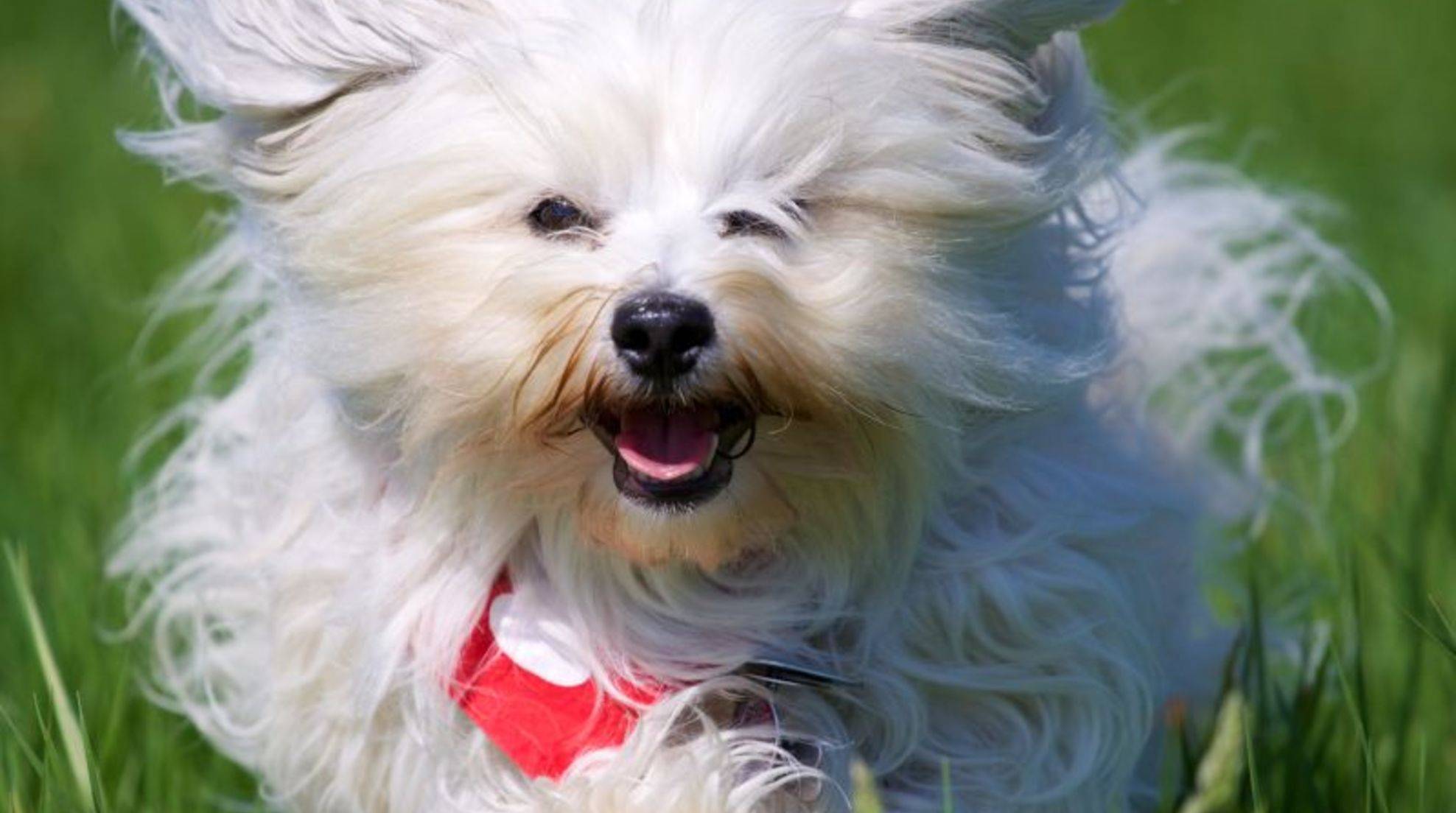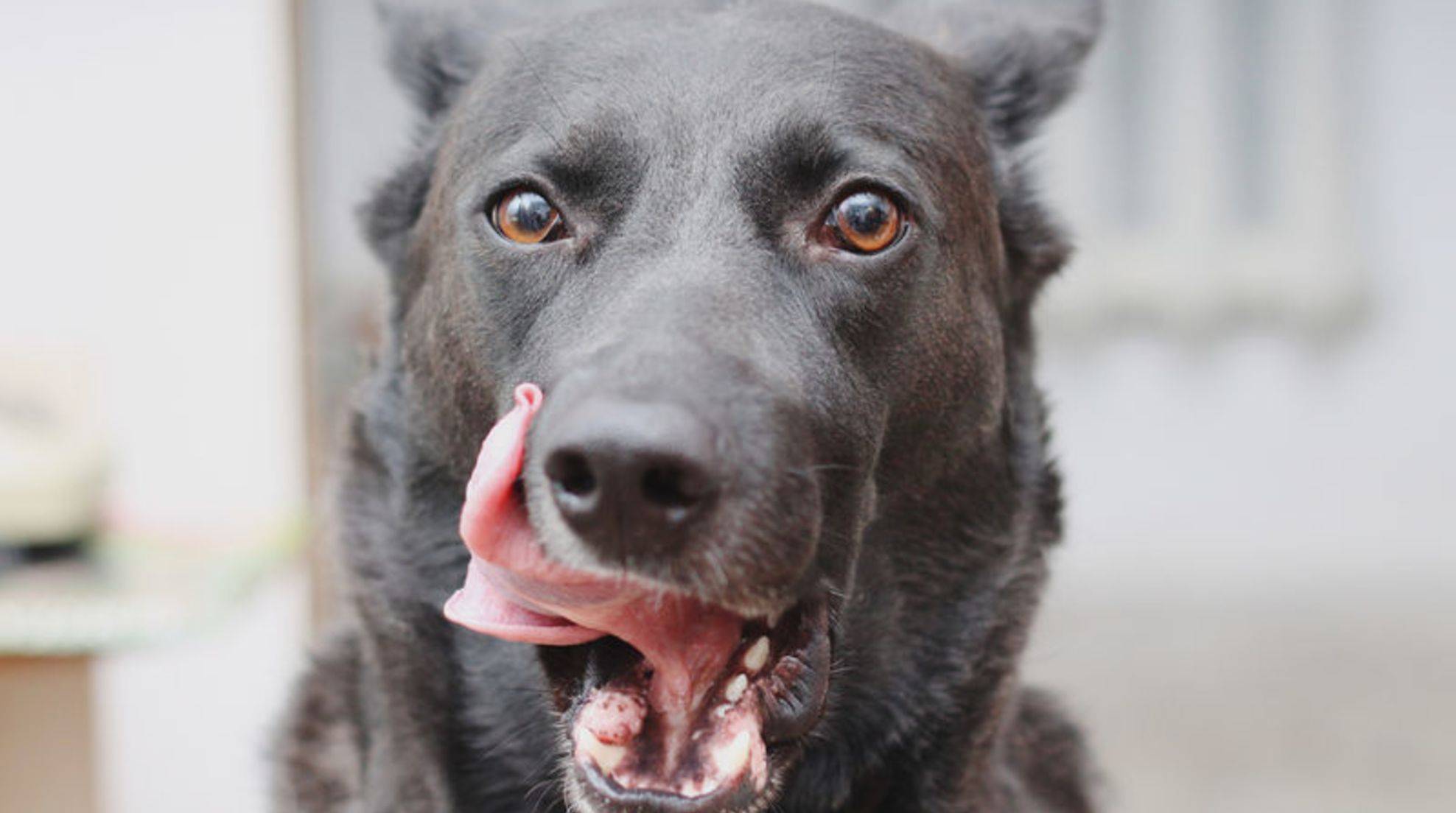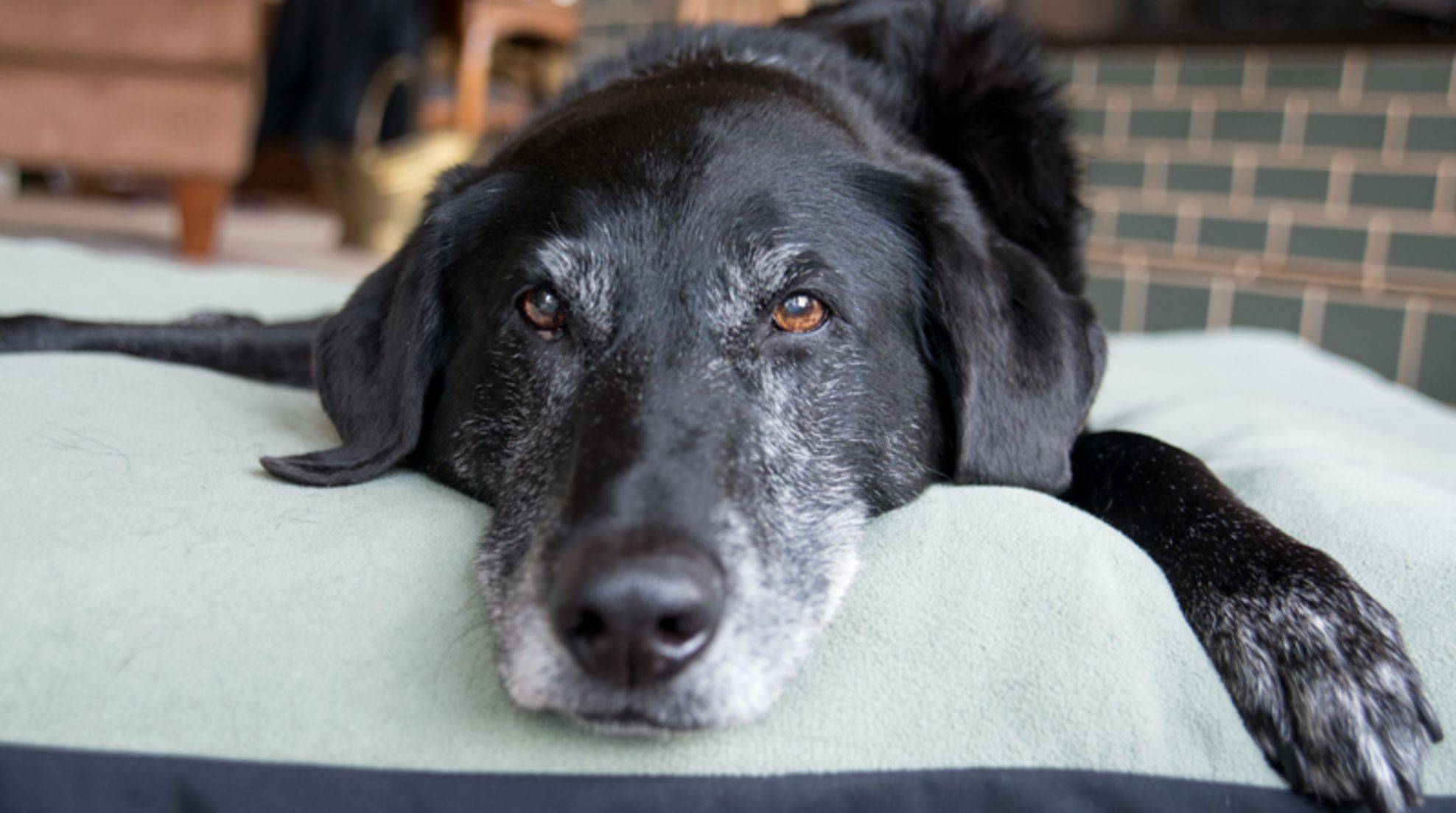Can dogs have a stroke?
Yes, dogs can also have a stroke if a four-legged friend shows symptoms that indicate a stroke, every second counts. What constitutes a so-called stroke, how it is treated and what consequences it can have, you will learn here.
In a stroke, the blood supply to the brain is suddenly disrupted – for example, due to a damaged artery or a clot. As a result, the brain cells are no longer supplied with sufficient oxygen and nutrients. As a result, the cells die, which can have paralysis or difficulty walking.
Recognize stroke in dogs: Symptoms
You can recognize a stroke in a dog primarily by these symptoms:
Balance disorders and apathy
Impaired consciousness and, in severe cases, loss of consciousness (the dog is barely responsive, does not react)
Eyes rush back and forth (nystagmus)
Impaired vision (the dog runs into doors, cupboards, or other objects).
Note: If you notice such symptoms in your four-legged friend, he must immediately seek veterinary treatment. There is a danger to life!
In addition, in the case of a stroke, there are often unspecific symptoms which, together with those just mentioned, can be a sign of alarm:
Weakness of the limbs, often the dog can no longer stand
Nausea and vomiting
Loss of bladder control so that urine is discharged (incontinence)
Often dogs hold their head crooked
The most important first aid measures
Until the veterinarian can provide treatment, you should heed the following first aid measures:
Keep calm
Make the dog comfortable (for example, padded on the floor)
Move furniture or objects that he could injure himself on out of the way
Offer the dog water to prevent dehydration
Here’s how to treat a stroke in dogs
The first step is for the veterinarian to examine your dog. He will resort to imaging techniques such as X-ray examination, CT scan, or MRI to look for bleeding, blood clots, and inflammation in the brain. This allows the veterinarian to rule out or confirm a stroke.
If your dog has indeed had a stroke, the acute symptoms are treated first. If there are cramps, the dog will be given antispasmodics. A so-called antiemetic can help against nausea and vomiting and a sedative against disorientation.
The long-term treatment depends on the cause of the stroke. What exactly triggered it can be determined with a medical history or further examinations such as a blood sample.
Causes of stroke can be, for example:
Diabetes
a thyroid gland that is not working properly
Heart disease
kidney disease
high blood pressure
brain tumor
In the case of high blood pressure, vasodilators or blood thinners are used. For inflammation, the veterinarian administers antibiotics. A brain tumor usually requires surgical removal.
In addition, the veterinarian will explain what you can do at home to make your dog feel better. Home care includes the following:
Provide a comfortable bed for your dog.
Make sure your dog has adequate food and water supply.
Give your dog prescribed medications regularly.
Massage your dog. This is beneficial for his movement.
These are the consequences of a stroke.
If your dog has had a stroke, paralysis, difficulty walking, reduced memory, and incontinence may result. Your dog is then primarily dependent on your support. He should feel that you still love him and care for him.
How can you prevent a stroke in your dog?
The older your dog is, the higher the risk of a stroke. If you have a senior at home, it is essential that you pay attention to the following points:
Weight: Make sure your dog does not become overweight. Obesity is responsible for many diseases and also increases the risk of stroke.
Exercise: Make sure your dog gets enough exercise. This prevents obesity and improves oxygen transport in your four-legged friend’s body.
Stress: Avoid prolonged stress for your dog. Long-term psychological stress can promote a stroke.
Stroke or vestibular syndrome?
Strokes are sporadic in dogs. Much more common is the so-called vestibular syndrome, which is very similar to stroke – the symptoms are almost identical. However, the causes differ. Learn more in our guide: Vestibular syndrome in dogs: causes, symptoms, and treatment.








